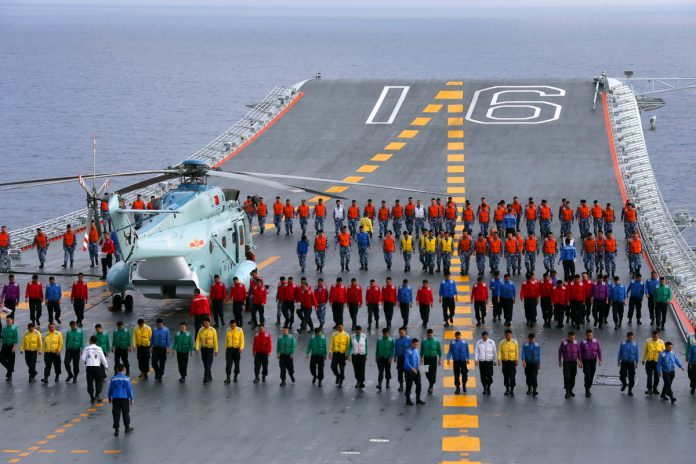By Alexander Palmer, Henry H. Carroll, and Nicholas Velazquez
China’s rapid military buildup has left the People’s Liberation Army Navy (PLAN) poised to overtake the U.S. Navy in several measures of maritime might more quickly than sometimes assumed. If China continues to expand its fleet at the current pace and the United States does not revitalize its shipbuilding industry, China will grow increasingly likely to emerge victorious from interstate war, especially a prolonged great power war. The result is a China that will grow more confident projecting power, threatening its less powerful neighbors, and disregarding U.S. efforts to deter such behavior. (The Center for Strategic International Studies)


